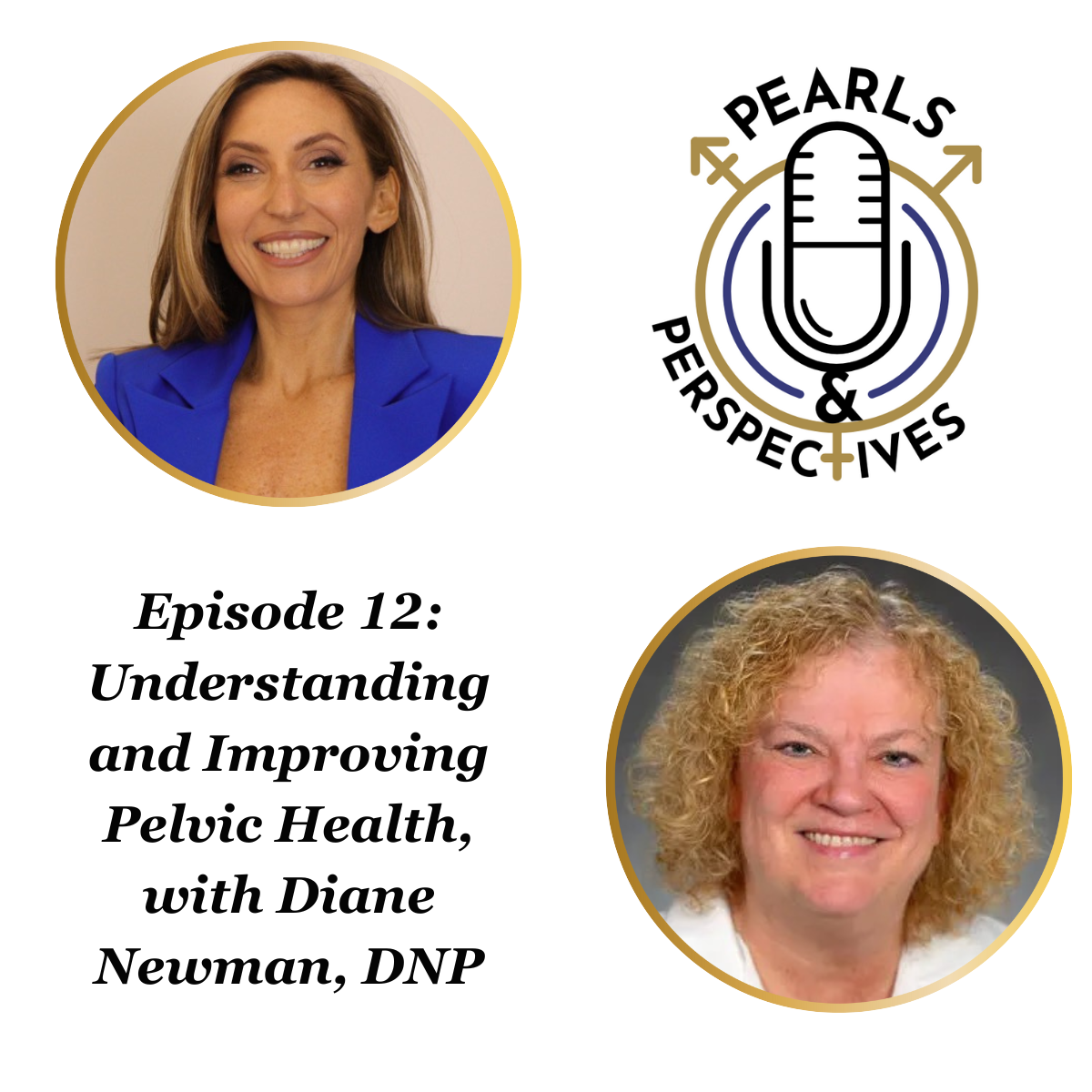News
Article
Drinking water contaminants could increase risk of kidney stones, study finds
Key Takeaways
- Higher levels of drinking water contaminants are associated with increased kidney stone burden and recurrence, independent of socioeconomic factors.
- The study analyzed over 1100 California residents, linking zip codes to water contamination data to assess stone burden.
New research links higher drinking water contaminants to increased kidney stone risk.
Pablo Suarez, MS-4
Credit: UCSF

Living in an area with higher levels of contaminants in drinking water could increase the risk of kidney stones, according to new research from the American Urological Association's (AUA) 2025 Annual Meeting.
An analysis of more than 1100 California residents, results of the study found patients from zip codes with greater levels of drinking water contaminants experienced increased stone burden and recurrence, even after adjusting for poverty level, relative to their counterparts living in areas with low levels of contaminants.
“Our analysis show that the levels of drinking water contaminants were associated with increased stone burden and stone recurrence in California residents,” said Pablo Suarez, MS-4, of the University of California-San Francisco (UCSF) School of Medicine, who presented the data at AUA 2025 on behalf of lead investigator Marshall Stoller, MD, professor of Urology and chief of endourology at UCSF. “This effect held true after adjusting for income level and baseline demographics, hence showing the impact of drinking water contamination on kidney stone disease and how it warrants further investigation as both water quality and quantity are likely contributing factors.”
As Suarez, Stoller, and other investigators outline, the occurrence of urolithiasis has been linked to several environmental factors, including diet and climate. However, the relationship between drinking water quality and urolithiasis represents an understudied aspect of prevention and management. With this in mind, investigators launched the current research endeavor, a retrospective analysis, to shrink this knowledge gap.1
Data for the study were obtained from the Registry for Stones of the Kidneys and Ureter, including adult patients with urolithiasis, available imaging data, and residential zip codes. For the purpose of analysis, investigators linked zip codes to census tracts and mapped to California’s Drinking Water Contaminant Indicator database. Investigators classified individuals living in the top 30th percentile for water contamination as the exposure group, while those from areas with lower contamination were considered controls.1
The primary outcome of interest for the study was rate of cumulative stone burden, which investigators assessed using ANOVA and Wilcoxon rank-sum tests. Secondary outcomes of interest included rates of multiple stones and recurrence. Investigators pointed out linear regression models for stone burden were adjusted for demographics, BMI, and socioeconomic status indicators.1
Among 1142 patients identified for inclusion, 90 (8%) resided in high-contamination areas. These patients had higher BMI (32.6 vs 27.9; P <.001) and were more likely to identify as Hispanic/Latinx (28% vs 11%; P <.001).1
Results of the study suggested high-contamination residents showed significantly greater rates of stone recurrence (46.6% vs 31.4%; P = .003), multiple stones (41.1% vs 28.1%; P = .009), and greater median stone burden (21 mm vs 11 mm; P <.001). Additionally, investigators noted an adjusted regression analyses confirmed drinking water contamination as an independent predictor of increased stone burden and recurrence.1
“In contrast to previous research that has focused on water hardness as a potential factor influencing stone burden, our study focuses primarily on common contaminants that are likely present in drinking water and could be affecting us all,” Suarez added. “It is important to mention that the kidney stone formation is influenced by various factors, including diet, hydration, climate, genetics, and health conditions.”
In a press release from the AUA, Brian Inouye, MD, a reconstructive urologist at Albany Medical Health System, commended the investigators of this study, along with others, for their work’s contribution to the existing knowledge base surrounding toxins and urologic health.2
“Urologists spend a lot of time treating and understanding why people get urologic cancers,” Inouye said.2 “For example, we know there is an association between smoking cigarettes and bladder cancer, which is why we encourage all our smoking patients to do their best to stop. However, there are many carcinogens that are in our everyday environment. These five studies examine if there are other toxins that we may unknowingly encounter in our society that may also increase our chance of having a urologic cancer.”
References:
Suarez PA, Velasquez MC, Mann U, Maluf FC, Chi T, Stoller M. IP06-33 IT’S IN THE WATER: LINKING INCREASED KIDNEY STONE BURDEN TO LOCAL WATER QUALITY BY CENSUS TRACT. J Urol. 2025;213(5S):e326. doi:10.1097/01.JU.0001109820.51058.5a.33
American Urological Association. Studies Uncover Hidden Urologic Risks—How Water, Chemicals and Everyday Exposures Impact Urinary Health - American Urological Association. Auanet.org. Published April 26, 2025. Accessed April 26, 2025. https://www.auanet.org/about-us/media-center/press-center/studies-uncover-hidden-urologic-risks-how-water-chemicals-and-everyday-exposures-impact-urinary-health.
Newsletter
Stay current with the latest urology news and practice-changing insights — sign up now for the essential updates every urologist needs.













